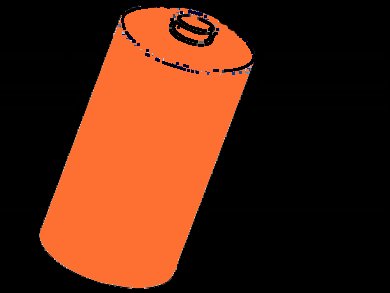Polymer lithium sulfur cells battery technology displays double the energy density as well as perfect reliability and lower manufacturing and operating costst compared to other battery technologies on the market. It is considered to be the next generation of battery.
OXIS Energy Limited, specialised in the design, development and commercial production of these batteries, and Arkema, a global leading chemicals producer, have signed a Joint Development Agreement to further improve the performance of these batteries.
The parties have agreed that Arkema will provide access to different specialty materials like carbon nanotubes, electrolyte and advanced technical polymers that could be tested by OXIS for use in developing and extending its technology. The companies want to optimize the conductivity increase of the electrolyte to improve the energy density. To extend the lifetime and safety of the battery, they want to reinforce the mechanical resistance of some components.
- OXIS Energy Limited, Abingdon Oxfordshire, UK
- Arkema, France





To what extent could we consider such type of batteries environment friendly?
The OXIS chemistry is considered to have less environmental impact when compared to other technologies such as Lithium-Ion. The polymer lithium sulphur cell utilises sulphur in place of heavy metals such as nickel and cobalt, having an environmental impact when they enter the food chain in concentrations that would otherwise not occur naturally. Both Lithium and Sulfur occur naturally: Sulfur is found in large concentrations around volcanoes and deposits in the US, and for manufacturing it can be obtained as a recycled by-product from the oil industry; Lithium or its salts are abundant in rocks and spring waters. OXIS is working responsibly to address the lifecycle of the lithium sulfur cell during development. As the OXIS cells have fewer compounds than Li-ion cells, they are expected to be less complex to recycle – this was in fact the subject of a recent project, funded by the Technology Strategy Board, where OXIS and G and P Batteries determined the process to recover Lithium from end-of-life cells. Dr Mark Crittenden, OXIS Energy